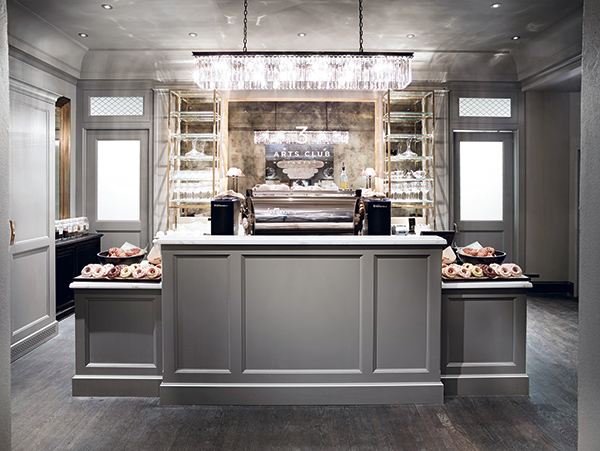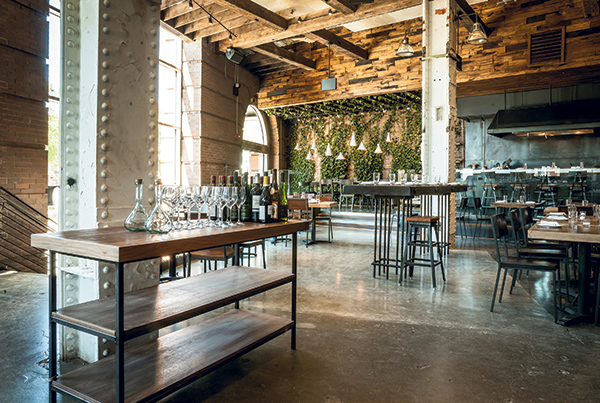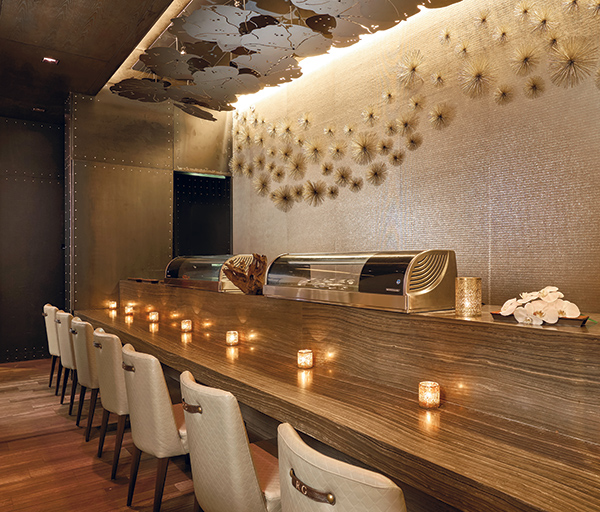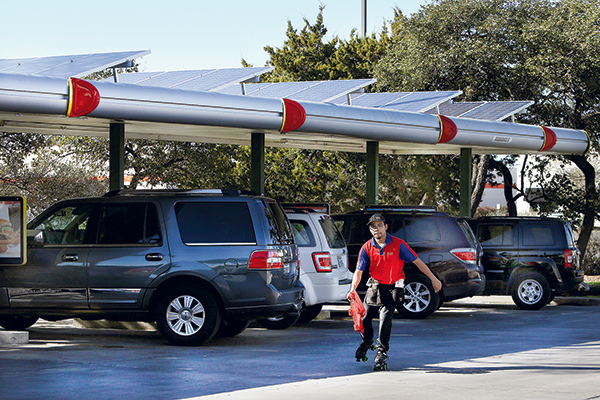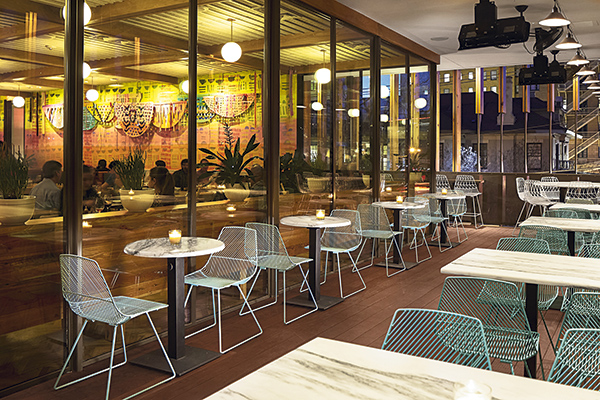Development
- Development
- Dana Tanyeri
Shopping and dining have long gone hand in hand, and for many consumers, they’re complementary pursuits. With few notable exceptions, however, retail and foodservice have chugged along on separate tracks, operating their own business models and, when proximity and demographics work in their favor, giving each other a boost of steam. Now, that scenario is changing fast.
- Development
- Valerie Killifer
Controlling costs is critical when it comes to restaurant design and construction. Without the proper checks and balances, projects can go off the rails and budgets can reach astronomical proportions. However, too many budgetary limitations can have a negative impact on not only the design of a restaurant, but also its customer experience. This is where value engineering (should) step into the picture.
- Development
- The Editors
Red Ginger, a Southeast Asian concept designed by Stantec, a Canadian architecture and design firm, opened in Miami Beach’s upscale residential district South of Fifth. The 3,300-square-foot restaurant sits on the ground floor of a new 8-story building, which was also designed by Stantec and developed by the boutique management company Menin Hospitality.
- Development
- The Editors
SONIC Drive-In expects to save at least $400 per month on energy costs at one company-owned location in San Antonio, thanks to newly installed solar panels on the roof of its signature drive-up stalls.
- Development
- The Editors
Uchi Restaurant Group opened its sixth concept, Top Knot, in Dallas earlier this year above its popular restaurant Uchi. Executive Chef Tyson Cole’s new concept features a playful small-plates menu inspired by flavors from Southeast Asia, Latin America and Japan. Top Knot’s bar program features Japanese whiskey, draft beer, sake on tap and inventive cocktails.
- Development
- Amanda Baltazar
Developing a restaurant to feature multiple tap handles requires many considerations.
- Development
- Donna Boss
In today’s fast-paced society, a growing number of fast-casual foodservice concepts continue to add or expand their grab-and-go offerings to capture a greater share of time-starved customers’ business.
- Development
- Dana Tanyeri
Ari Weinzweig and Paul Saginaw started Zingerman’s Delicatessen in 1982 with a $20,000 loan, a staff of two, a selection of specialty foods and a short sandwich menu served from a small corner building in Ann Arbor, Mich. Today, Zingerman’s is a Michigan institution with annual revenues approaching $40 million. Zingerman’s has grown to include a creamery, a bakery, a coffee company, candy manufacturing and mail order, among others. It also operates ZingTrain consulting and plans to open a Korean restaurant in 2016. Weinzweig says great products and long-term vision drive the company.

